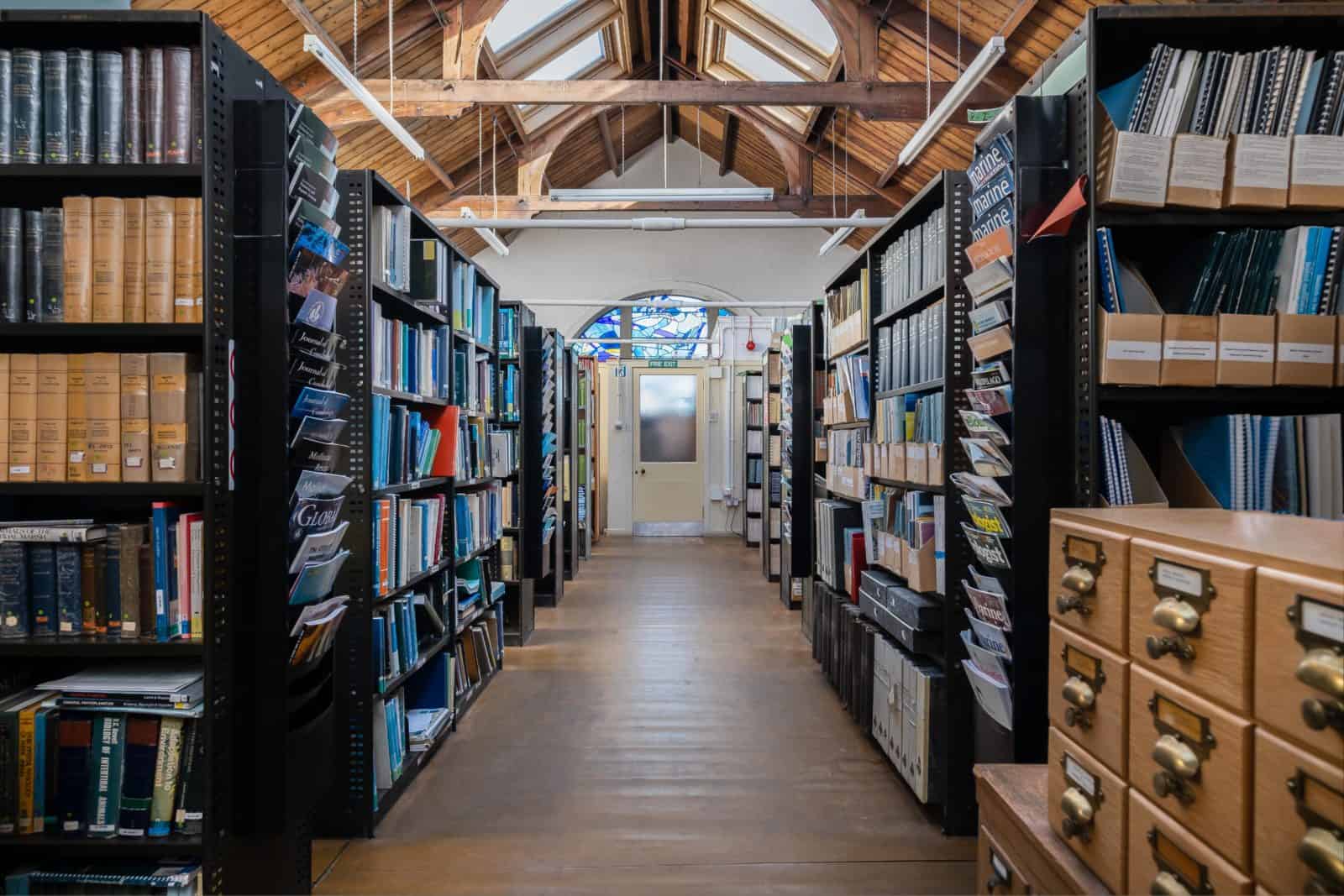Natural History Collections “provide windows into the past, inform about the present, and help predict the future of natural habitats and human-altered environments.”
Kress (2014)
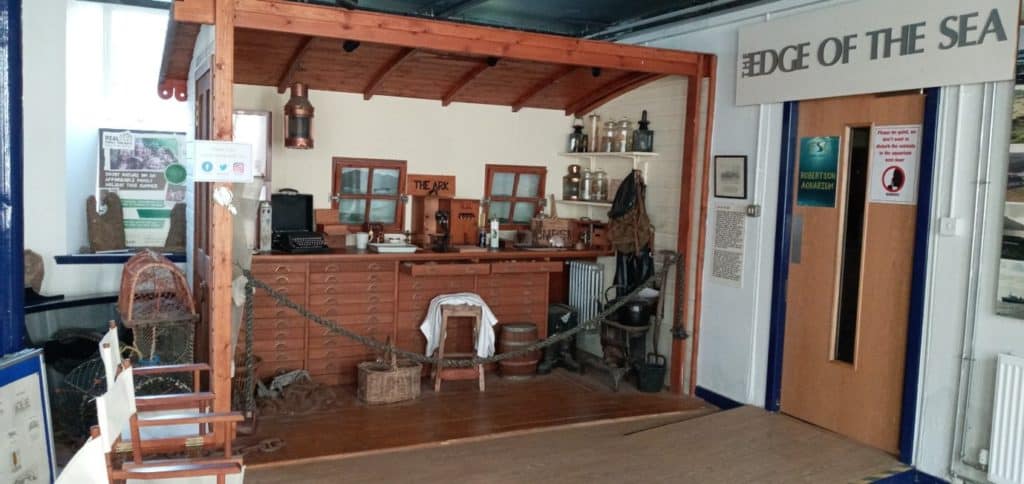
Natural history museums attract millions of visitors every year worldwide. Collections, often inherited from centuries past, were gathered for scientific as well as educational purposes and in many cases are still used for the same reasons.
The Field Studies Council centre at Millport looks back on the history of nearly 125 years of marine research in Scotland. In the previous century passionate naturalists, scientist and members of society collected, archived and shared their findings. Some of the objects are accessible in the library and the Robertson Museum onsite, other items have been transferred to Glasgow.
The collections and artifacts we have at the centre allows students hands on experience curating displays that can be comparable with any other museum. Students can practice on preserving books, maps, casts of the seabed-floor, zoological collections, specimens and early scientific equipment.
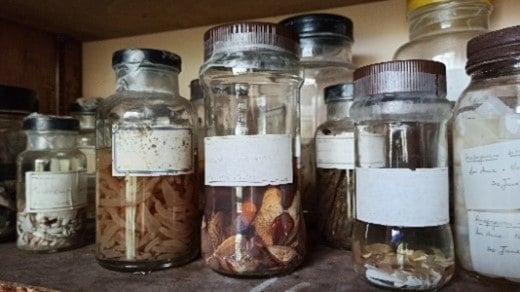
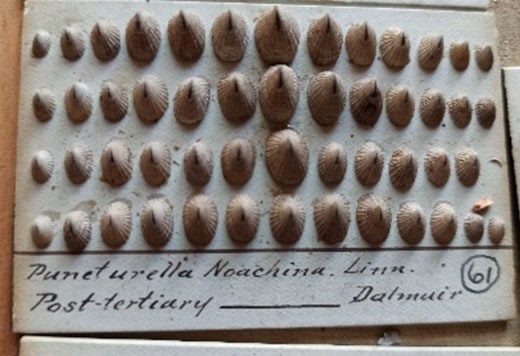
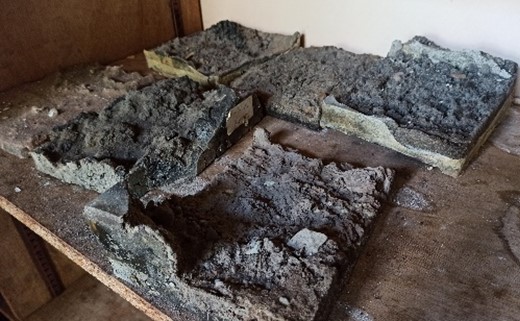
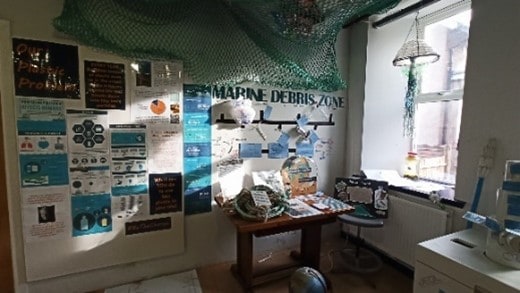
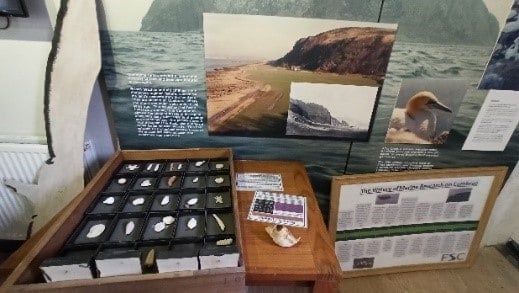
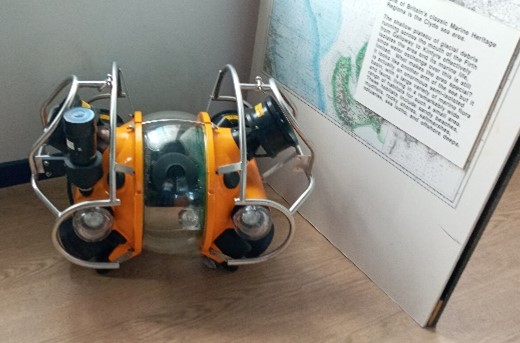
We welcome, support and encourage student groups to think about exhibition concepts. Our museum is small enough to be rearranged within a week, but big enough to develop a concept that is transferrable to large museums.
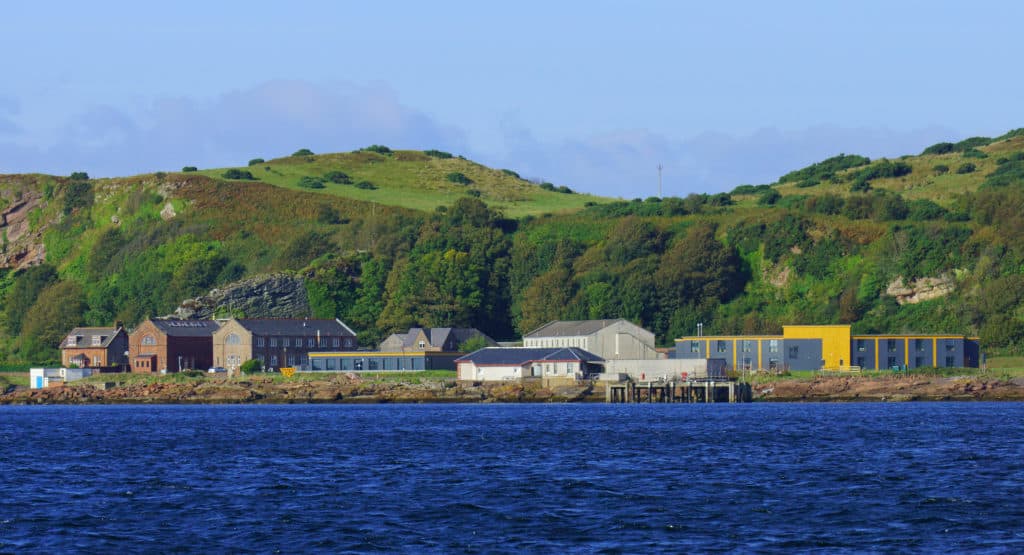
The centre is situated meters from the shoreline of the Isle of Cumbrae in the Firth of Clyde. It is only an eight-minute ferry ride from the mainland at Largs yet offers a different and exciting island experience. Purpose built as a former university marine biology station with generous redevelopment, the centre is a perfect location for school residential.
If you would like to know more, please speak to our friendly team who would be happy to help. You can email: [email protected] or call: 01743 852100.

